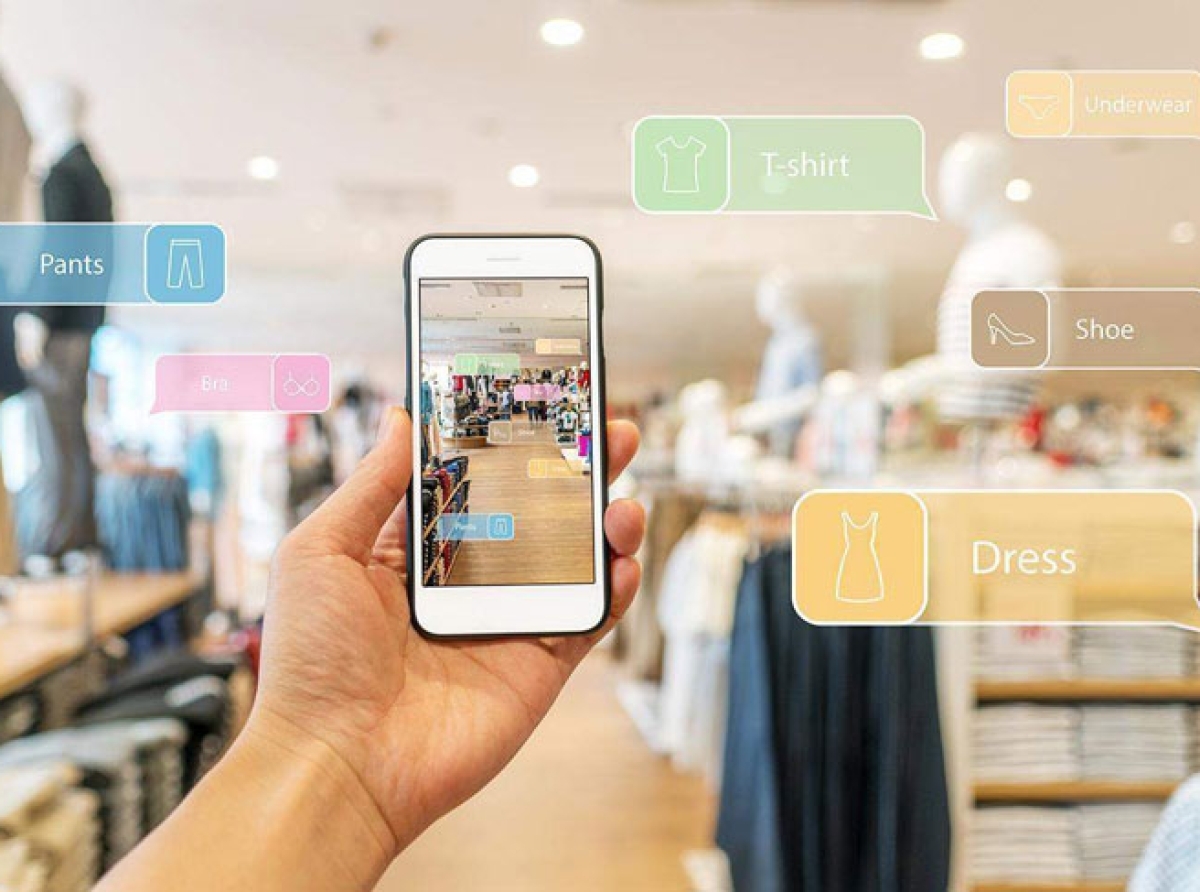Social Platforms: Shaping Apparel Sector Prospects with Influence

18 May 2023, Mumbai
Social media has become a powerful tool for apparel companies to extend their selling promotional campaigns and boost sales.
By leveraging various social media platforms, retailers can create personalized customer journeys based on age groups and socioeconomic levels, allowing them to develop effective strategies for selling their products.
It's crucial for apparel retailers not to rely solely on a single social platform but instead understand what works best where, when, and how.
Tailwinds
Leading the social media bandwagon are platforms like Facebook, Instagram, and TikTok. Analysts predict that social media-driven orders in the US alone could reach $130 billion by 2026, with even higher figures anticipated in Asian countries.
Mark Zuckerberg's announcement of Facebook's foray into e-commerce in 2019, followed by the launch of features like Checkout and Shops, provided retail companies with the opportunity to engage directly with customers at various stages of the customer lifecycle, enabling global sales of apparel and accessories.
The pandemic was a catalyst
The pandemic further accelerated the growth of social commerce, as shopping shifted predominantly online. Even in the post-pandemic era, apparel brands are learning to integrate social commerce intelligently without cannibalizing their own website sales.
The global retail market recognizes the power and reach of influencer marketing, with analysts projecting a 25% annual growth of the Indian retail market, making it a Rs 2,000 crore industry by 2025.
Retailers worldwide are collaborating with macro and micro-influencers to generate buzz around products, drive sales, and create customized promo codes and discounts.
TikTok generation
In Asia, platforms like TikTok, Pinterest, and Poshmark are particularly popular among younger generations, and they continue to enhance their commercial features.
Instagram, in particular, has become a valuable platform for apparel retailers, facilitating social selling through impulse buying and peer pressure.
Markets in Asia, with their large populations of aspirational youth, have witnessed successful integration of social media and e-commerce, while sales in the West have seen slower growth.
Brands such as Perelel, Modern Picnic, and Rhone have leveraged Instagram and other live-selling platforms to advertise products and launch new collections, tapping into the power of social media influencers.
Transitional idea
Social media has significantly transformed communication patterns, especially among technologically inclined millennials. This articlr delves into the impact of social media on business communications, specifically focusing on the fashion apparel and accessories industries.
Employing a social constructivist perspective and an inductive and embedded case study strategy, the study explores how the evolution of social media platforms has influenced brand perceptions.
Shaping the future
Drawing upon social identity theory, the paper emphasizes the role of fashion brands' online presence in shaping customers' social identities through brand associations.
It reveals that customers develop perceptions of brands based on the functional and symbolic benefits promised by these brands on social media platforms. This underscores the importance of social media in fostering brand-customer relationships and enriching social identities.
Observations
While the study concentrates on specialized marketing activity in the UK, conducting a broader international study would enhance the generalizability of the findings. The practical implications of the paper lie in comprehending the roles of social media and identity in designing effective marketing communication programs.
Multinational corporations have embraced social media platforms to contribute content to their followers, reflecting the influence of social media on contemporary business practices.
The research methodology involved reaching out to potential participants through social networking sites, emails, and telephone. A total of 22 participants, with an average age of 26, agreed to take part and provided valuable insights through open-ended questionnaires and in-depth interviews.
The study highlights the evolving marketing landscape shaped by social media interactions among consumers.
Businesses actively engage with social media platforms to gauge consumer responses, as these interactions and discussions shape brand image and influence purchase intentions.
The study uncovers that firm-created content affects the functional brand image, while user-generated content impacts brand awareness and hedonic brand image. Ultimately, brand attitude and purchase intention are influenced by brand awareness and hedonic brand image.
Youthful & divergent demographics
Asia has witnessed the fusion of social media and e-commerce, with sales through social platforms surpassing $400 billion in China compared to $53 billion in the US in 2022, according to Coresight Research.
Live shopping, where brands sell products through live streams and engage with audiences in real-time, accounted for $190 billion in online sales in China last year, whereas it was only $20 billion in the US.
Analysts suggest that embracing live shopping in the US could increase brand popularity and strengthen connections with both new and returning customers.
Maximizing Brand Impact in Evolving Social Media
Brands now recognize the growing influence of social platforms in boosting online sales.
With the majority of social media users being millennials who are comfortable with online shopping, brands must understand that they are already operating within the realm where consumers spend their time.
The key lies in intelligently converting that time into actions that lead to sales and ensure the success of their business.
By harnessing the potential of social media, apparel retailers can tap into this consumer base and keep their cash registers ringing.
























